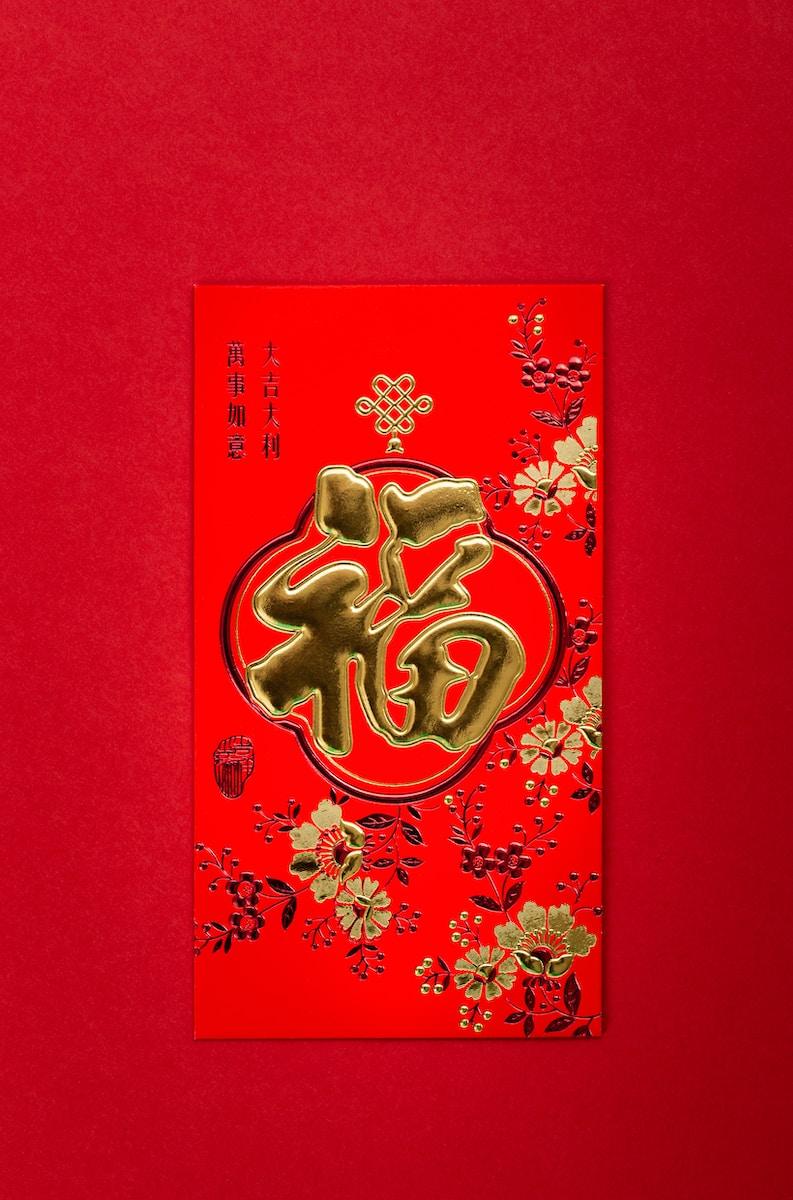No products in the cart.
Money packets, also known as red envelopes, hongbao, or Ang Pao, are a cultural phenomenon that has significant importance in various cultures, especially in Asia. Giving and receiving money gifts in a red envelope is a widely recognized practice, especially during celebrations and special occasions. This tradition has a long history and is passed on from generation to generation. However, it’s more than just a present-filled envelope; it’s a symbol of generosity, good luck, and cultural values. In this blog, we’ll delve into the cultural significance of money packets and why they matter to people beyond the cash inside.
A Meaningful Tradition:
The tradition of giving money in a red envelope is a practice that has been around for centuries. It began in China and eventually spread across East Asia, including Taiwan, Korea, Vietnam, and Singapore. But unlike regular cash gifts, a money packet is more than just giving money. It signifies the giver’s blessing and good wishes for the recipient. It’s also a way to show respect and honor as well as good fortune. The color red, in general, is considered auspicious and represents good luck and prosperity. Hence, gifting money in a red envelope is a way to bless someone to have a bright future.
Celebratory Occasions:
Money packets are often a part of various celebrations such as Chinese New Year, weddings, birthdays, and other significant events. During Chinese New Year, the elderly typically give red envelopes filled with cash to younger family members. The amount of money is not significant, but the gesture symbolizes good fortune and prosperity for the new year. Similarly, at weddings, especially in Chinese culture, close friends and family also give red envelopes to show their blessings, good wishes, and help the newlyweds with their expenses.
Etiquette and Values:
In Chinese culture, the act of offering and receiving money packets comes with a set of etiquette. The giver offers the envelope with two hands as a sign of respect and blessing, while the receiver accepts it with two hands, showing gratitude and appreciation. It’s also customary to address the recipient respectfully and use titles like “uncle,” “auntie,” “big brother,” or “sister,” depending on the age and relationship between both. Along with etiquette, it displays values such as respect, duty, and gratitude, which are essential in many cultures in Asia.
The Evolution of Money Packets:
Even though red envelopes have a deep cultural significance, the design and usage of it have evolved with time. Earlier, the red envelope was just a plain reason with a few words written in black. With the development of technology and digitalization, e-cash along with virtual money packets have emerged that people give out online. These digital versions sometimes even come with animations to make it more festive. With the influence of media and pop culture, you can also find various designs such as cartoon characters, idols and celebrities on Money packets.
Core Ideological Values:
In summary, the cultural significance of money packets is rooted in the core ideological values of Asian cultures, including filial piety, respect for elders, and family values. Subsequently, the act of giving out the envelope is more than just a monetary transaction; it’s a symbol of respect, gratitude, and good fortune. At its heart, it’s about sharing and togetherness that binds a family, friends, and community together.
Money packets may seem like an ordinary gift, but it represents significant cultural values across many Asian societies. From the deep cultural symbolism of the color red to the etiquette and tradition of giving and receiving, money envelopes are an integral part of many celebrations and significant occasions. They offer more than just monetary value – they are an embodiment of the generosity and good wishes of the giver, and their families. As the tradition continues to evolve, it will undoubtedly remain a significant symbol of culture and heritage for generations to come.











